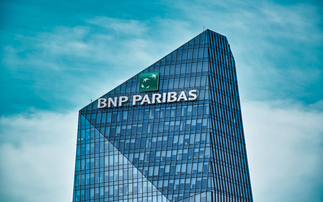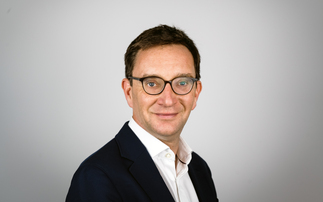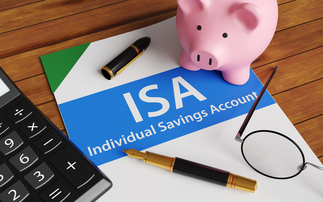Paul Faulkner interviews Tom Coutts.
PF: Ok. Well let’s turn that on its head. What actions should people investing with you expect to see?
TC: I think there are two things that people should monitor. The first is that the structure of the firm, the structure of Baillie Gifford, we have only been able to be successful because of the partnership structure here. This has been in place for over 100 years and if that were ever to change I think clients should seriously question us about our ability to carry on doing a good job.
The second thing, which is more tangible I guess, is the portfolio turnover. We have said that we invest with a five or ten year view, the flipside of that is a portfolio turnover of 10 or 20 percent and that’s pretty much where we have been for quite a long time.
So if that ever changes, if that portfolio turnover were to rise significantly, again clients should question us. We are looking to invest in high quality businesses and to hold them for a long period of time. So we set the hurdle pretty high when they get into the portfolio, once they are in we’d expect them to stay there.
PF: Ok, but with such a long-term view that you are taking does that mean that now and again that your style might fall out of favour and if it does what do you do about that?
TC: That’s certainly a risk. I think the main thing to do is to be completely clear with clients and potential clients about the way in which we are going to be going about investing. We invest their money just as we would invest our own money which is to look for companies with a strong position, good growth prospects and trust worthy management. We think that is the best way to invest over the long term and we think it is the best way to make money for clients over the long term.
PF: So when do you think that it won’t work?
TC: Well the environment in which it is less likely to work I would say is a situation in which markets are very buoyant, very optimistic, in which markets are rising very strongly, in which liquidity is very high.
So if the market is up by, I don’t know, 30 percent in a year and our performance is up by 25 we wouldn’t view that particularly as a bad outcome and we hope our clients understand us and would expect that sort of outcome. We are not investing in the sort of marginal, low quality businesses that might have their day in the sun in that sort of situation; we’re investing in long-term high quality growth companies. We think that is the best way to invest for the long term for our clients.
PF: Ok. Thank you Tom.












